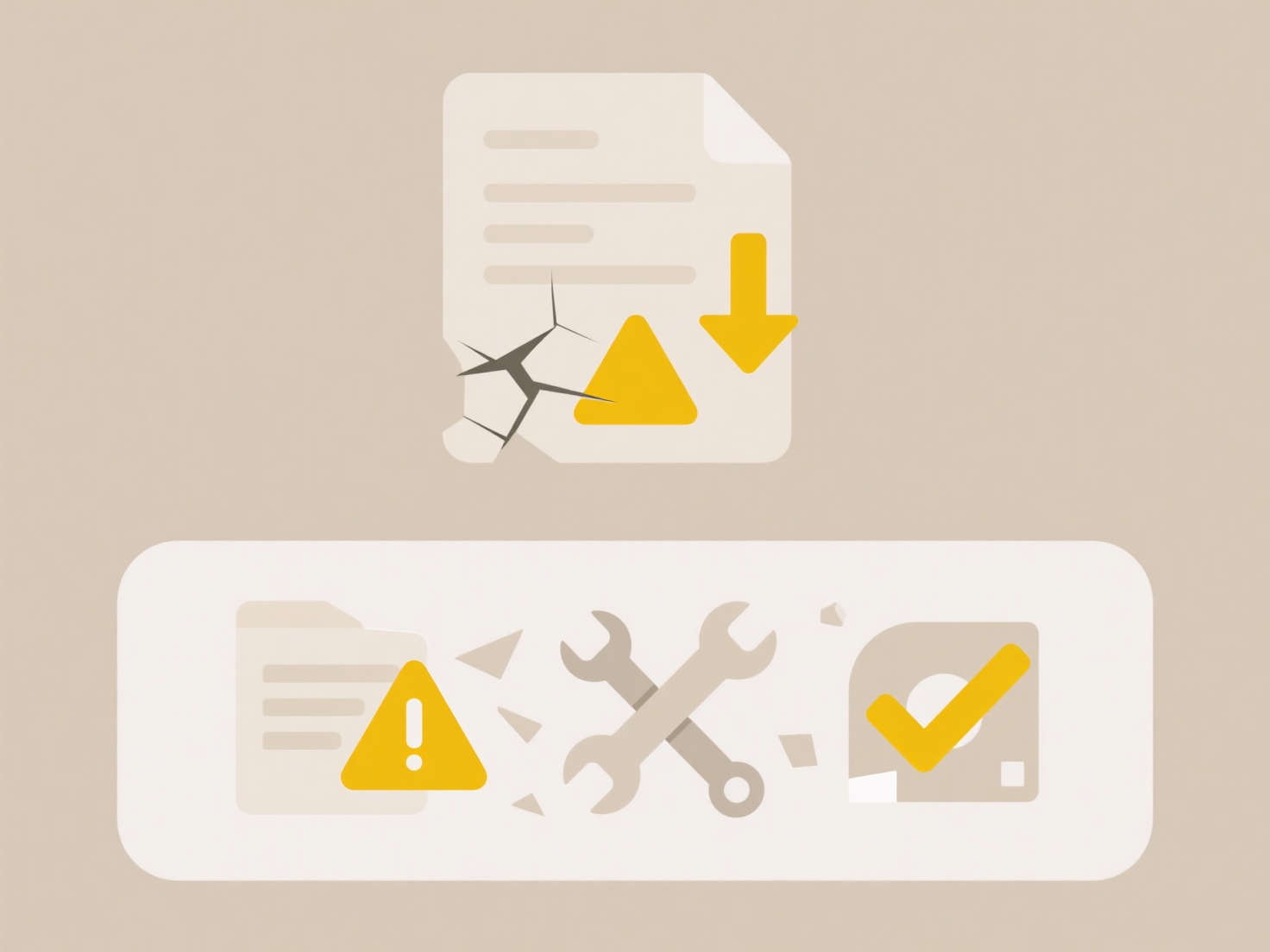
File saving/export templates are preconfigured settings that automate repetitive formatting tasks when saving or exporting files. They capture user-defined preferences like file location, specific naming conventions (e.g., including dates or project codes), default file formats (like PDF instead of DOCX), resolution settings for images, or metadata inclusion. This differs from simply clicking "Save" by allowing standardized output configurations to be reused, saving time and ensuring consistency.

Common applications include setting up batch export presets in image editing software (e.g., exporting web-ready JPEGs at a specific resolution in Photoshop) or creating document exports in word processors that automatically generate PDFs with specific security settings and metadata. Platforms like Microsoft Office (using VBA macros or built-in options like Word 'Export as PDF' defaults), Adobe Creative Cloud apps (Presets), and cloud storage solutions often support varying levels of template functionality for exporting documents, images, or reports.
The primary advantage is significant efficiency for repetitive exports and guaranteed uniformity across project files or team outputs. A key limitation is that implementation and flexibility vary greatly across different software; not all applications offer equally robust template features. As software evolves, increased adoption of AI-assisted smart templates that predict optimal formats or settings based on project context is a potential future development area.
Can I set up templates for file saving/exporting?
File saving/export templates are preconfigured settings that automate repetitive formatting tasks when saving or exporting files. They capture user-defined preferences like file location, specific naming conventions (e.g., including dates or project codes), default file formats (like PDF instead of DOCX), resolution settings for images, or metadata inclusion. This differs from simply clicking "Save" by allowing standardized output configurations to be reused, saving time and ensuring consistency.

Common applications include setting up batch export presets in image editing software (e.g., exporting web-ready JPEGs at a specific resolution in Photoshop) or creating document exports in word processors that automatically generate PDFs with specific security settings and metadata. Platforms like Microsoft Office (using VBA macros or built-in options like Word 'Export as PDF' defaults), Adobe Creative Cloud apps (Presets), and cloud storage solutions often support varying levels of template functionality for exporting documents, images, or reports.
The primary advantage is significant efficiency for repetitive exports and guaranteed uniformity across project files or team outputs. A key limitation is that implementation and flexibility vary greatly across different software; not all applications offer equally robust template features. As software evolves, increased adoption of AI-assisted smart templates that predict optimal formats or settings based on project context is a potential future development area.
Quick Article Links
Can I enforce a naming pattern on file uploads?
Enforcing a naming pattern on file uploads means implementing a rule or requirement that user-submitted files must follo...
How do I handle file names in multiple languages?
Handling multilingual file names means managing files containing characters from diverse languages like Japanese, Arabic...
Can I run Wisfile from an external USB drive?
Can I run Wisfile from an external USB drive? you can install and run Wisfile directly from an external USB drive sin...